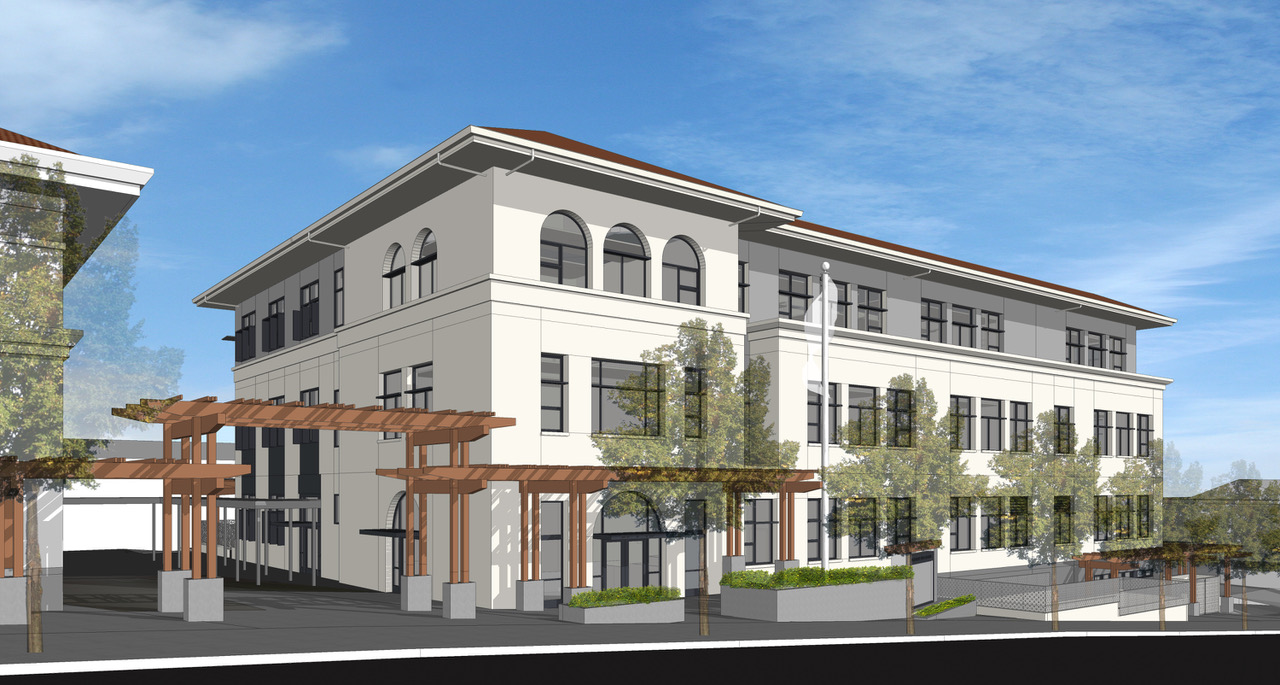“Extraordinary inflation” in labor costs and construction materials are forcing the Piedmont Unified School District to carefully prioritize construction projects during phase one of the $66 million H1 bond program passed by voters in 2016, according to the latest update on the project. The district is still on schedule to start demolition of the Alan Harvey Theater this spring and construction of the new STEAM building this summer. Other projects in the district’s Facilities Master Plan (FMP), like Witter Field, may be placed on the back burner for a year or longer until financing is more certain.
“Budget development is taking longer than expected,” said Pete Palmer, Measure H1 program manager in a memo prepared for the December 12 school board meeting. “We are reviewing bids and looking for ways to reduce construction costs over the next few weeks.” Project budgets will be submitted to the board on January 23, after which time the board will decide on next steps.
The budgets for the STEAM and theater projects will be significantly higher than originally estimated by the district and its independent cost estimators in 2016 due to a surge in costs of construction materials such as steel, lumber, and plywood, and a strong demand for construction. Rising costs are forcing school districts around the Bay Area to adjust their bond programs. On November 27 the Fremont Unified School District issued a notice that market conditions would force them to re-prioritize projects from its 2014 $650 million bond initiative. In Piedmont, the preliminary theater budget, for example, was developed in early 2016 based on “comparable” theater projects in the area that were underway or completed in 2014 and 2015. Those “comps” do not reflect the current costs of raw materials.
To a lesser extent, the increased costs relate to increases in project scope, according to the update memo Palmer prepared for the December 12 school board meeting. The Division of the State Architect has required additional structural elements, not found in the 2016 comps, for school facilities in close proximity to the Hayward Fault. Also, the district added to its plans complex systems to achieve “zero-net-energy” buildings, and a drama classroom and meeting room in the theater building.
According to Rick Raushenbush, a member of the Facilities Steering Committee, these additions would better serve the district’s educational program and reduce future operations costs. Nonetheless, Raushenbush noted, “we always knew that what we could afford would depend upon actual quotes for the proposed construction. The district required its general contractor to obtain multiple subcontractor bids for each component of the work to ensure competitive pricing. Now we have to consider ways to value-engineer the work to reduce costs, scope that can be eliminated as not essential to the educational program, scope that can be deferred, and work that can be performed directly by the district to reduce costs. This process is ongoing.”
The Witter Field project includes turf and track replacement, installation of a new drainage system, and pathway modification for greater accessibility. While the Witter Preservation Fund may be tapped for turf repair and maintenance, costly drainage work will likely run into the millions. The district is continuing to take steps to prepare for the project and obtain better pricing as it waits for final numbers on the STEAM and theater projects. The district has issued a request for proposals and Palmer is doing outreach to contractors who specialize in field construction and renovation.
| 2019 | |
| March | Closure of Alan Harvey Theater (after the Spring play),
Interior Salvage and Abatement Work Begins |
| April (Spring Break) | Demolition of Alan Harvey Theater Begins |
| June | Construction of STEAM Building Begins |
| 2020 | |
| June | Demolition of the 10s Building, Construction of New Theater Begins |
| August | Completion and Opening of the STEAM Building |
| 2021 | |
| Fall | Completion and Opening of the New Alan Harvey Theater |

Has anyone asked the standard questions about the specific cost per square foot and the subsequent cost per square foot inflation?
Additionally, what is the specific cost inflation for materials (e.g. steel) versus scarcity of contractors recently, (i.e. opportunistic pricing and bids from busy contractors)?
If you contact the Albany School District I believe the cost per square foot in 2016-17 was in the $625-$650 per square foot range – “all costs included”. The PHS estimated was a $600+ per square foot construction with and additional 30-40% contingency. What can be learned about the differences in prices of these comparable projects?
What is the contingency being built into the estimates of the current PHS construction budget? Is it 5-7% as is industry practice or is it the 40% as per the original High School H1 budget?